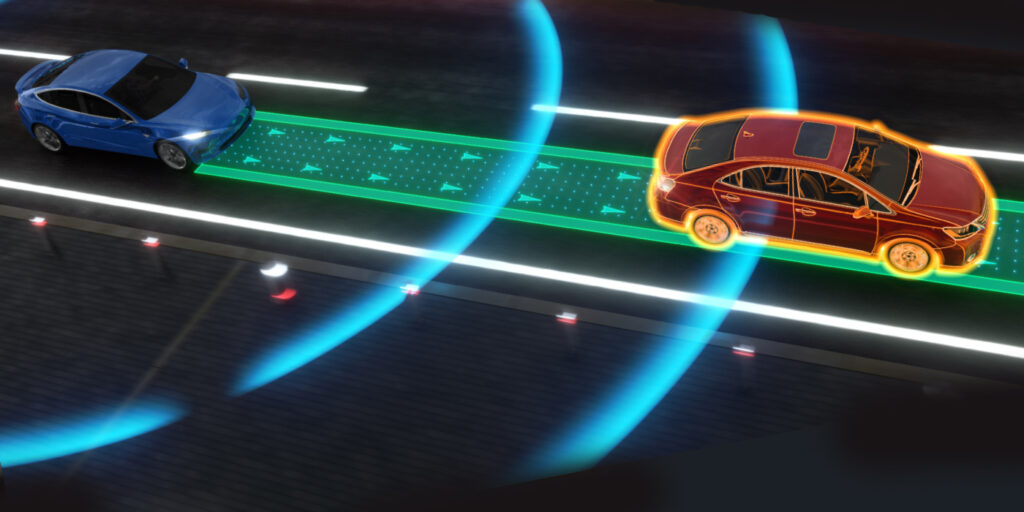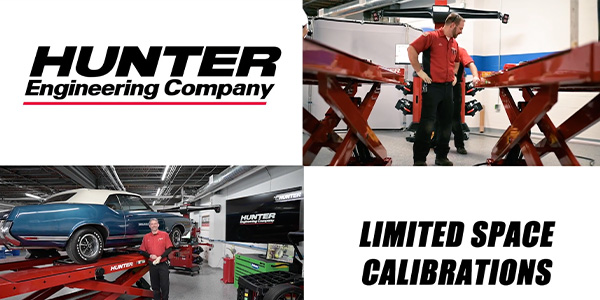If you think reflashing, reprogramming or programming is just an underhood or emissions exercise required only for engine control or transmission modules, you are wrong. Many modules that communicate on a serial data bus require programming a new module. This includes many ADAS modules that have sensors and the module integrated. The key is to understand WHY you have to reflash or reprogram and WHAT it is doing.
WHY
Programming and recalibrating is a process in which modules are programmed with the information needed to operate and communicate with other modules on the vehicle. This is why some ADAS modules need to be serviced on the vehicle.
The modules use a language that has grammar and protocols for communication, so the messages do not collide with each other. A module on an electric steering rack could tell the engine control module to increase the throttle angle because the driver is turning. An ADAS camera module might be communicating with the ABS module and the instrument cluster. The network will constantly share the information
When a module is talking or receiving signals from the network, the messages typically contain an identifier of which module is communicating. When a module is programmed on a vehicle, it begins teaching the module the configuration of modules and protocols.
Information like the type of sensor, VIN and firmware are part of the reprogramming configuration. This is why just swapping some modules does not work. It is also why after replacing a component connected to a network, additional procedures like reprogramming are required.
WHAT
To perform reflashing and reprogramming tasks, you need a way to communicate with not only the engine control module, but other modules on the vehicle. A J2534 pass-thru programmer is an interface that acts as a gateway that translates the messages back and forth between the PC and controller into a protocol that is understood by the vehicle. It’s a box and/or cable that is able to connect the PC to the vehicle and communicate with the correct pins on the OBD II connection. Most reflashing methods require the use of the four pins in the DLC that are open to the manufacturer.
Some dedicated scan tools can perform some reprogramming procedures using a J2534 pass-thru box, but for a lot of jobs, you are going to need a Windows-based PC. Purchasing and setting up a PC can be the most challenging part of reflashing. Most OEMs require a Windows-based PC with specific hardware, operating system requirements and user settings. Some systems specify that the system be 32- or 64-bit versions of Windows. Make sure to read all of the OEMs’ recommendations for the largest volume of vehicles you plan to reflash.
You will need to subscribe to OEM service information websites. Subscription fees vary by OEM and have several payment options. Make sure you write down the logins and passwords. Before you start reflashing, take time to register and navigate the OEMs’ websites.
You will not be able to perform flash reprogramming straight out of the box. It takes time to set up the computer and register at the OEM websites so, on a slow day, take some time to experiment on shop vehicles. See what’s involved. Nothing is worse than having to wait for a verification email from an OEM to start up a subscription. Learn before you burn.
Reflashing and reprogramming is a necessary service for repairing your customers’ vehicles, and its importance is only going to increase. OEMs are issuing more TSBs that require reflashing every day. Turning away a job or not telling the customer about an updated reflash program because you can’t reflash yourself is going to hurt your business in both the short and long term.














